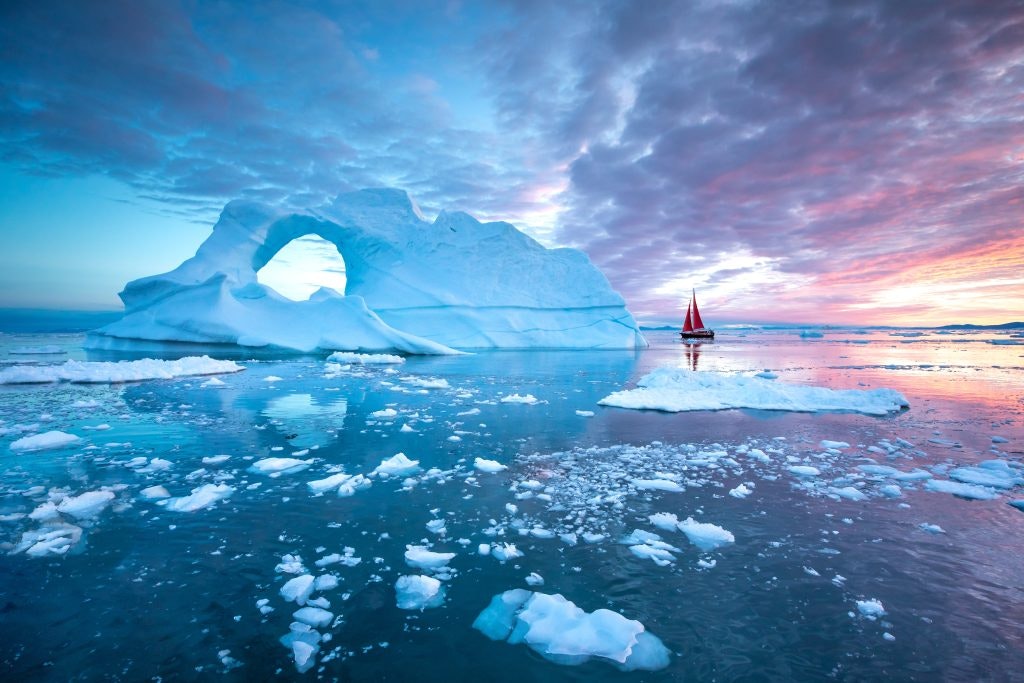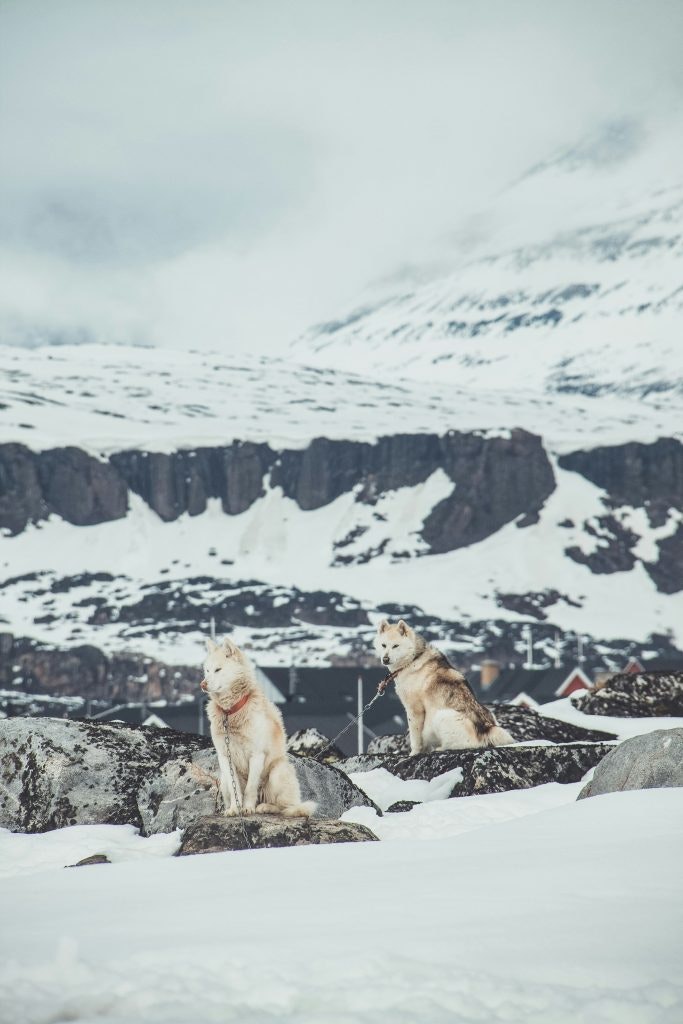







Ready to learn something cool—literally? We’ve rounded up 10 fascinating facts about Greenland, the world’s largest island tucked away in the North American Arctic.
From towering glaciers and floating icebergs to unexpected hot springs and colorful villages, Greenland is full of surprises. Whether you’re dreaming of a polar adventure or just curious about this icy wonderland, these fun facts will give you a glimpse into what makes Greenland truly one of a kind.
So why is it called Greenland? Despite its name, about 80% of the land is covered in ice, snow and glaciers.

Greenland isn’t quite as green as you might think.
There are two common myths explaining the origin of the name Greenland:
Visitors travel to Greenland for its five different regions:
Greenland’s ice sheet is the second-largest permanent ice sheet in the world, behind only Antarctica. The ice cap is part of the larger Greenland Ice Sheet and feeds numerous outlet glaciers that transport ice to the surrounding seas. While visiting the country, make sure to join the Greenland ice sheet tours!
Greenland is the world’s largest island that is not a continent. Otherwise, the title of world’s largest island would go to Australia.
The land area of Greenland covers 0.8 million square miles (2.16 million square kilometers) including small, offshore islands.
Greenland is not an independent country. Despite being part of the North American continent, Greenland is an autonomous country within the Kingdom of Denmark.
View Greenland’s history:
| Time | Event |
|---|---|
| Little Ice Age | The Inuit survive in harsh Arctic conditions; early Icelandic settlers along the southwestern coast disappear. |
| 1721 | Denmark-Norway sends a missionary expedition, baptizes Inuit Greenlanders, establishes trading colonies, and imposes a trade monopoly. |
| World War II | Greenland becomes more connected to the United States socially and economically after Nazi Germany invades Denmark. |
| 1953 | Denmark resumes control of Greenland and changes its status from a colony to an overseas county. |
| Since 1979 | Greenland is granted home rule, gaining significant autonomy while remaining part of the Kingdom of Denmark. |
| Since 2009 | It has its own government and has been self-governing in most matters. Denmark still handles foreign affairs and defense. |
Certain foods like blue whale are protected and off-limits for hunting. Moreover, the export of whale and seal meat is banned, ensuring these resources are used locally and sustainably.
>> LEARN MORE: 9 Amazing Fun Facts About Copenhagen (Denmark)
Many towns in Greenland rely on boats for transportation more than cars. When traveling to Greenland, you will see that the ocean and deep fjords create an extensive “highway” system.
It is illegal to introduce other dog breeds into the dog sledding areas to preserve the purity of the Greenlandic Sled Dog breed.

Greenland is one of the least densely populated countries and has a small population of around 56,000 people, despite its large land size (2022 data). Most of the country remains uninhabited, with the majority of people living along the ice-free area of Greenland, for example the capital city Nuuk.
About 90% of Greenland’s population is Inuit, including multi-ethnic groups such as those of mixed Danish and Inuit heritage. The remaining 10% of the population are primarily of European descent.
The term “igloo” comes from the Greenlandic language. “Kayak” comes from Inuit hunters who who used the word “qajaq.” Anorak (raincoat) is another Greenlandic word in origin.
Greenlandic is the official language of Greenland, but the majority of the population also speaks English and Danish. The Greenlandic language is closely related to Inuit languages in Canada, such as Inuktitut.
In Greenland, you can see the midnight Sun and the Northern Lights. When you travel to Greenland, make sure to catch at least one of these impressive natural phenomena!
From roughly May 25th to July 25th, the sun does not set above the Arctic Circle in Greenland. June 21 is the summer solstice. The longest day of the year is a national holiday in Greenland where locals dance to traditional music or enjoying a barbecue in nature.
The Northern Lights can be seen from anywhere in Greenland. The best time to view the Northern Lights is from late September to March, when the nights are at their longest.

💡 Want more trivia?
Browse all Fun Facts articles.